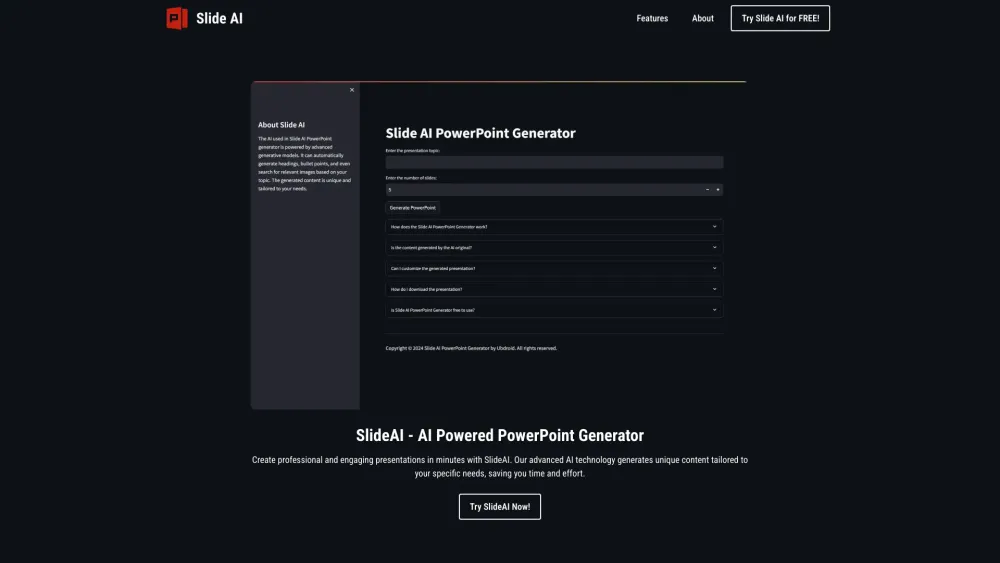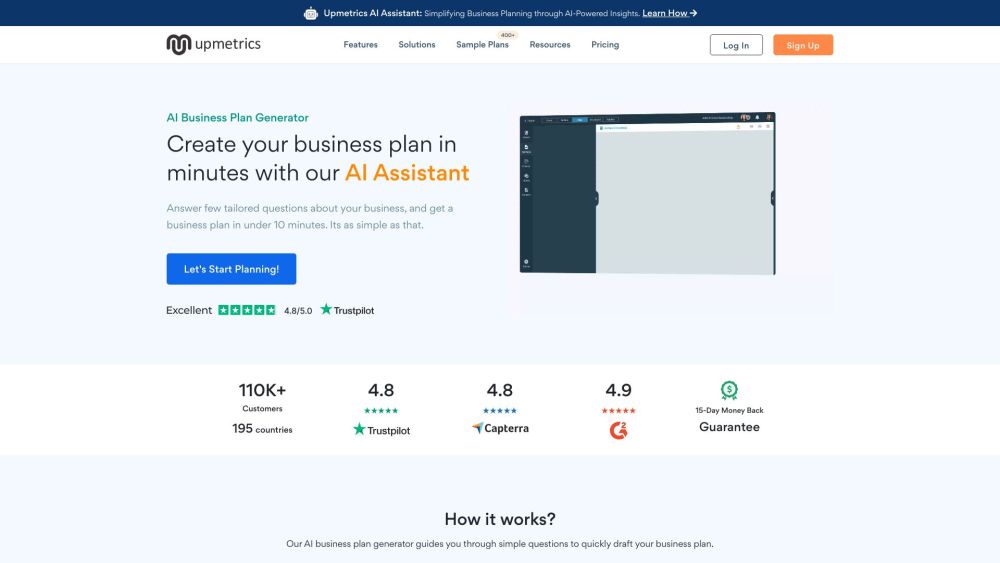Ideogram has launched version 2.0 of its text-to-image model, positioning the startup as a strong competitor to established platforms like Midjourney and DALL-E 3. This new release boasts enhanced features and competitive pricing that could redefine the landscape of AI-driven content creation.
At the core of Ideogram 2.0 is its refined text rendering capability, which addresses a significant challenge in AI image generation. “The design style significantly enhances text rendering, allowing you to create premium graphic designs like greeting cards, t-shirt designs, posters, and illustrations with longer, accurate text,” the company announced on X.com. This advancement could transform how businesses and content creators produce clear, brand-consistent messaging in their visual content. Historically, AI-generated images have struggled with producing legible text, often resulting in distorted graphics that do not meet professional standards. Ideogram’s breakthrough could revolutionize rapid prototyping in advertising, facilitating faster iterations and precise visual communication.
Color Control and API: Empowering Designers and Developers
The new customizable color palette feature greatly enhances Ideogram's appeal for professional users. “Choose from multiple color palettes for images, allowing precise control over the color scheme for brand consistency and specific vibes,” the company tweeted. This feature addresses a critical need for brands to maintain visual consistency across digital assets, potentially streamlining workflows and minimizing post-generation editing.
Additionally, the launch of a public beta API expands Ideogram's reach. By allowing developers and businesses to integrate its technology into their applications, Ideogram establishes itself as a versatile solution across various sectors. The company's statement, “We provide superior image quality at a lower cost compared to other models,” emphasizes a competitive pricing strategy that may attract budget-conscious enterprises seeking to scale their AI-generated visual content.
Ethical Implications and Market Impact: Navigating the Future of AI-Generated Imagery
However, Ideogram’s rapid advancement raises critical questions regarding the future of creative industries. The increasing sophistication of AI-generated imagery may disrupt traditional design workflows, potentially diminishing demand for human artists in some sectors. On the other hand, it could democratize design capabilities, enabling smaller businesses and individual creators to produce professional-quality visuals without substantial investment in design expertise or software.
The ethical implications of AI-generated imagery are significant. As these tools become more powerful and accessible, concerns about copyright infringement, misinformation, and the creation of deepfakes grow more pressing. Ideogram, like its competitors, must navigate these complex issues to maintain trust with enterprise clients and avoid regulatory scrutiny.
From a market perspective, Ideogram's entry into the competitive AI image generation space could spur further innovation and price competition among established players. This may accelerate the adoption of AI-generated imagery across industries, including e-commerce, digital marketing, entertainment, and education.
Hands-on with Ideogram 2.0: Elevating AI-Generated Text and Images
In testing Ideogram 2.0, we generated an image that has eluded other AI models. We prompted, “A high-resolution image of the text ‘a media’ made out of a computer chip.” The model delivered the image with perfect accuracy, showcasing each letter distinctly. This precision in text generation is rare and signifies a substantial advancement in AI image creation capabilities.
Using Luma’s Dream Machine 1.5, we animated the generated images. The results were impressive; within five minutes, we created a high-quality short video suitable as a social media bumper or standalone advertisement. This rapid transformation from concept to finished product suggests even greater possibilities with refined inputs and storyboarding.
Overall, Ideogram 2.0 appears ready to advance the AI image generation industry significantly. Its capabilities, especially when paired with other AI technologies, signal a new era of simplified content creation.
As businesses and creators tap into these powerful new tools, we can expect a surge in high-quality, AI-generated visual content across diverse media platforms. As the AI image generation landscape evolves rapidly, one fact is clear: thanks to Ideogram 2.0, the writing’s on the wall — and it’s rendered with clarity and precision.






